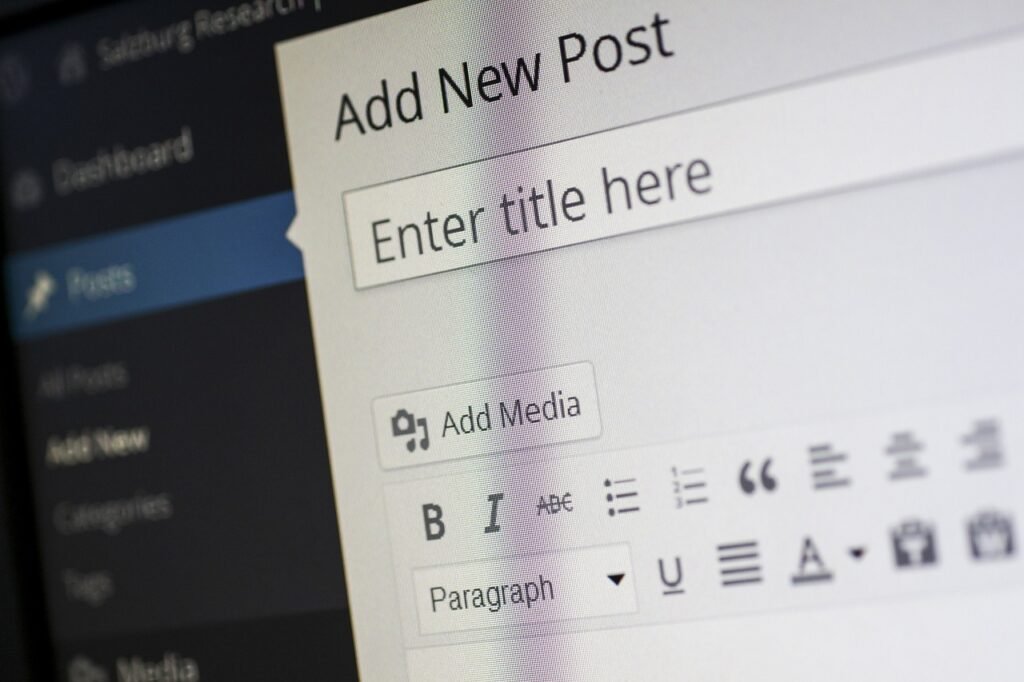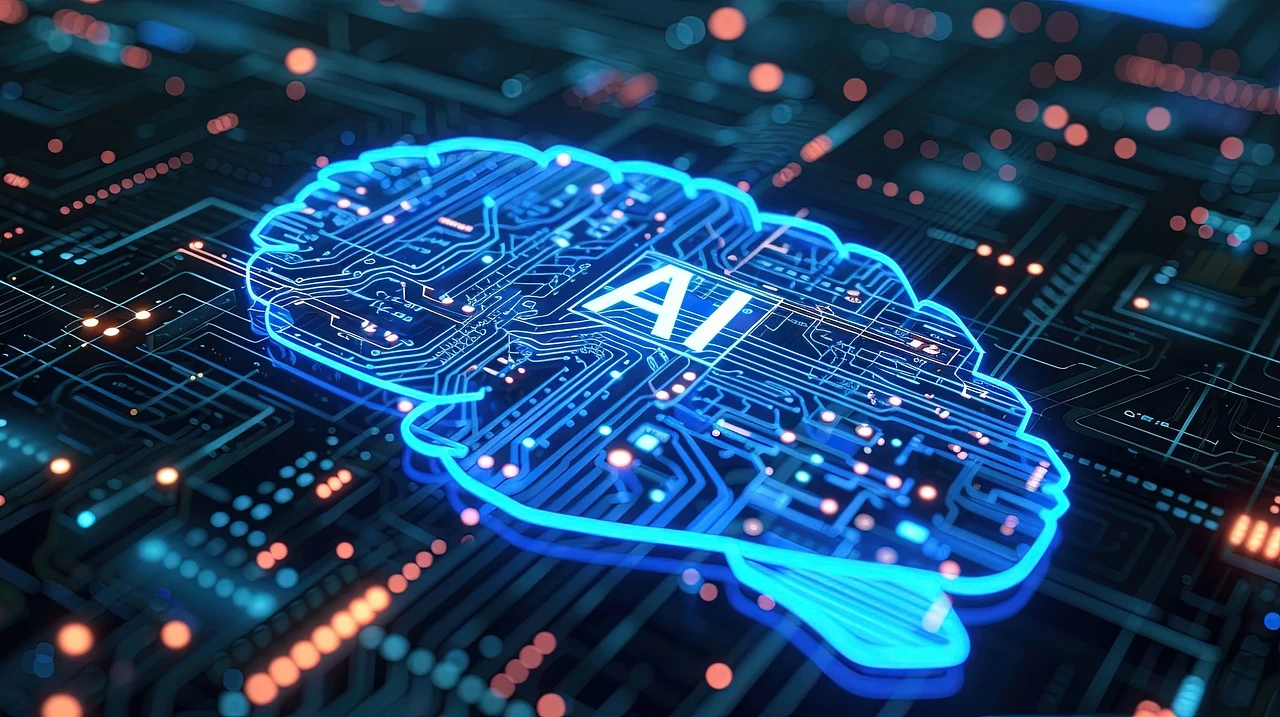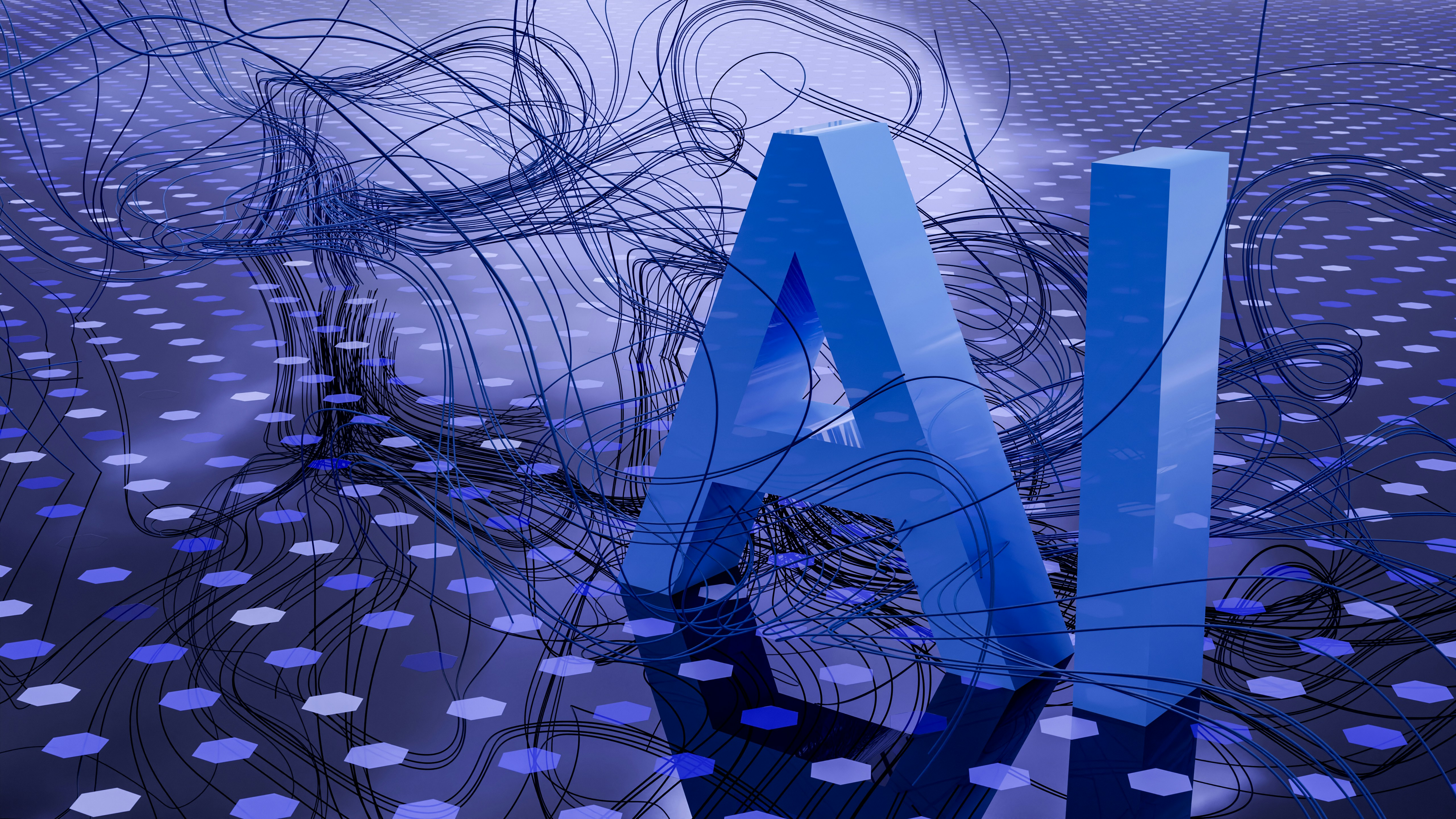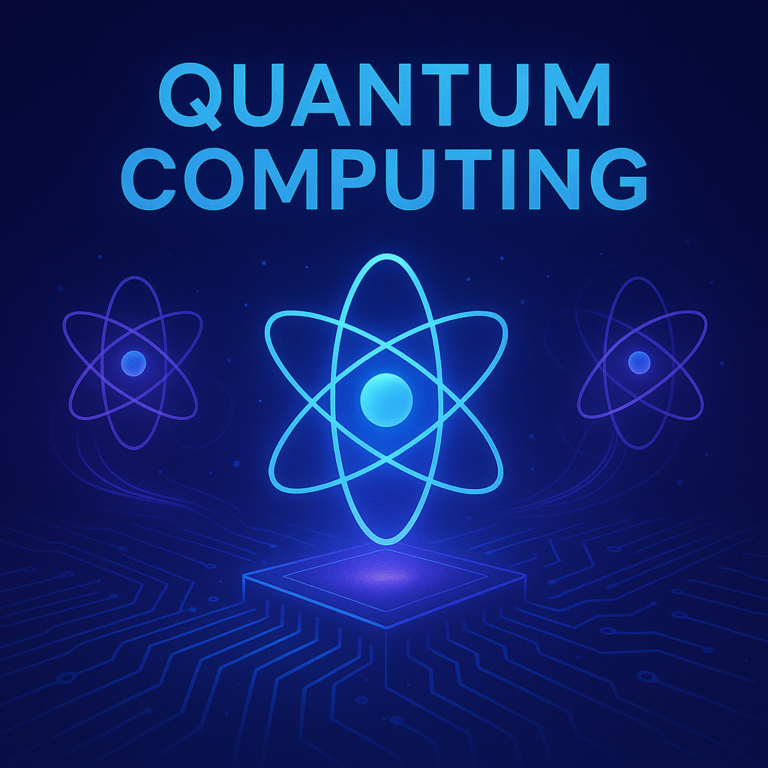The Pros and Cons of AI-Generated Content: What You Need to Know
Introduction to AI-Generated Content
AI-generated content refers to text, images, or other media created by artificial intelligence programs, utilizing technologies such as machine learning and natural language processing. Over recent years, the evolution of these technologies has led to significant advancements in the capabilities and applications of AI in content creation. Initially developed for specific tasks, the algorithms have become increasingly sophisticated, enabling machines to produce human-like content in diverse formats and styles.
The genesis of AI-generated content can be traced back to simpler models designed for basic language processing. However, with the advent of more powerful neural networks and vast datasets, the generation of text has undergone a remarkable transformation. Modern AI models, such as OpenAI’s GPT series, leverage deep learning techniques, allowing them to analyze patterns in existing content and generate new pieces that exhibit coherence and contextually relevant information.
In the current digital landscape, AI-generated content is utilized by various industries and sectors, ranging from marketing and journalism to education and entertainment. This proliferation stems from the efficiency and scalability offered by AI systems, which can produce large volumes of content swiftly. As organizations strive for higher productivity and lower operational costs, many are increasingly integrating AI solutions into their content strategies, allowing real-time generation of articles, advertisements, reports, and more.
While the capabilities of AI-generated content continue to grow, it is essential to recognize the nuances that come with its use, including ethical considerations and implications for authenticity. Exploring both the advantages and disadvantages of AI-generated content will provide insights into its role in contemporary content creation. Understanding these aspects is critical in determining how best to leverage this technology while maintaining quality and integrity in the produced material.

Advantages of AI-Generated Content
The emergence of artificial intelligence (AI) has significantly transformed the landscape of content creation, offering a myriad of advantages that cater to the demands of modern marketers and content creators. One of the primary benefits of AI-generated content is its remarkable efficiency. Unlike traditional writing processes that can be time-consuming, AI systems can generate articles or blog posts in a matter of minutes, allowing for swift turnaround times. This rapid production is particularly advantageous for businesses that require fresh content to stay relevant in a fast-paced digital environment.
Cost-effectiveness is another compelling reason why organizations are turning to AI for content generation. By automating the writing process, companies can reduce costs associated with hiring multiple writers or employing extensive editorial teams. This is particularly beneficial for small businesses or startups operating with limited budgets, as AI-generated content can significantly lower expenditures while still providing high-quality output.
Furthermore, AI has the capacity to produce large volumes of content quickly, making it easier for businesses to scale their content marketing efforts. This ability to churn out various articles, social media posts, and marketing materials ensures that brands maintain a strong online presence without overwhelming their teams. In addition, AI systems excel at maintaining consistency in writing style and tone, which is crucial for establishing a recognizable brand voice. This uniformity not only enhances reader engagement but also fosters trust among audiences.
Lastly, AI-generated content can serve as a powerful tool for content marketers and creators. By providing insights and automating repetitive tasks, AI solutions allow professionals to focus on higher-level strategies and creativity. As a result, the integration of AI into content production not only streamlines workflows but also enhances the overall effectiveness of content marketing initiatives.

Disadvantages of AI-Generated Content
While AI-generated content offers numerous advantages, it is essential to recognize its potential drawbacks. One significant disadvantage is the lack of creativity and emotional depth in AI-written material. Unlike human writers, AI systems analyze patterns and structures without the ability to imbue text with genuine emotions or innovative ideas. This limitation may result in content that is informative yet lacks the nuanced storytelling and unique voice that human authors provide.
Another concern surrounding AI-generated content is the risk of producing inaccurate or misleading information. AI systems are trained on vast datasets, and while they can generate text based on established facts, they sometimes produce false or out-of-context outputs. Consequently, the reliance on AI for content creation can lead to the dissemination of information that may mislead readers, especially if users are not diligent in verifying the accuracy of the generated content.
Moreover, the use of AI in content generation raises concerns about redundancy with human content creators. As AI technology advances, there is a growing fear that it could disrupt employment opportunities for writers and content creators. While AI can significantly enhance productivity, overdependence on automated systems may undermine the demand for human authors, who bring unique perspectives and creativity to the table.
Ethical considerations are also paramount in the discussion surrounding AI-generated content. Questions regarding originality and plagiarism arise when content is produced by machines. The debate centers around whether the output can be deemed original if it is derived from existing data rather than genuine creative thought. This suggests a need for clear guidelines on the ethical use of AI-generated content to ensure that it respects intellectual property rights and maintains content integrity.
Comparison with Human-Generated Content
As the capabilities of AI-generated content continue to advance, it is crucial to analyze its strengths and weaknesses in comparison to content created by human writers. One significant factor in this comparison is creativity. Human writers are inherently creative beings, capable of expressing nuanced thoughts, original ideas, and imaginative expressions that resonate with readers on an emotional level. Their experiences and perspectives can lead to unique storytelling that AI, despite its data-driven output, often struggles to replicate. While AI can generate content based on existing patterns and information, it lacks the ability to innovate in the same way humans do.
Emotional resonance is another pivotal aspect where human writers typically excel. The ability to connect with readers through shared experiences or evoking specific emotions can significantly enhance the impact of the written word. Human writers can tap into their life experiences and understanding of cultural contexts to create more relatable narratives. AI-generated content, on the other hand, may miss the subtle emotional undertones that resonate deeply with a target audience. Although advanced AI models can mimic tone and style, they often fail to convey the multifaceted layers of human emotion that engage readers genuinely.
This does not imply that AI-generated content is without merit. In many cases, AI can complement human writers effectively. For instance, AI tools can handle data-intensive tasks, such as generating reports or analyzing large volumes of text, allowing human writers to focus on the creative elements of their work. By adopting a collaborative approach, content creators can leverage the strengths of both humans and machines, ultimately enhancing productivity and efficiency. The future of writing may not involve a clear-cut divide between AI-generated and human-generated content, but rather a harmonious partnership that capitalizes on the best of both worlds.

Use Cases for AI-Generated Content
AI-generated content has found a myriad of applications across various industries, showcasing its versatility and efficiency in meeting modern-day content demands. One notable use case is in e-commerce, where businesses leverage AI to create compelling product descriptions. These descriptions are essential for engaging customers, improving search engine optimization (SEO), and ultimately driving sales. By quickly generating tailored content that highlights product features, benefits, and use cases, e-commerce platforms can ensure a consistent and informative shopping experience for users.
In the realm of journalism, AI technology has made significant strides, particularly when it comes to news articles. Media organizations employ AI systems to automatically generate reports on financial results, sports events, and other data-intensive topics. This ability to produce high-quality content at a rapid pace helps news outlets cover a broader array of topics and maintain timely updates without compromising accuracy or depth.
Social media is another domain where AI-generated content is gaining traction. Businesses use AI tools for crafting posts, headlines, and even responses to customer inquiries. By analyzing audience preferences and engagement patterns, AI can personalize content, maximizing reach and interaction. This not only saves time for social media managers but also enhances user engagement through data-driven strategies.
Moreover, AI-generated content is increasingly being utilized for special reports and white papers in diverse sectors, including healthcare and finance. Organizations harness AI’s ability to analyze vast amounts of data, extracting insights and trends that can be compiled into comprehensive reports. This process not only accelerates content production but also ensures that the generated materials are both informative and relevant, catering to the needs of stakeholders and decision-makers.
Quality Control and Editing in AI-Generated Content
As technology advances, businesses and creators increasingly utilize AI-generated content to enhance their productivity and creativity. However, maintaining a high standard of quality in this content is crucial. Quality control measures must be implemented to ensure that the AI-generated material is not only accurate but also contextually relevant and coherent. The integration of human editing plays a vital role in achieving such standards.
One effective strategy is to blend AI content generation with human oversight. While AI can produce large volumes of text quickly, it may lack the nuanced understanding necessary for high-quality output. Human editors can refine this content, adding depth, context, and creativity that AI alone may not deliver. This collaborative approach leverages the strengths of both AI and human intelligence, resulting in polished and engaging material.
Utilizing tools specifically designed for enhancing AI outputs can further streamline the quality control process. Such tools include grammar checkers, style guides, and plagiarism detectors, which can assist in identifying errors and inconsistencies in the content. Implementing these technical solutions ensures that the final product adheres to professional standards. Moreover, employing analytics tools can help assess audience engagement, providing valuable insights into which pieces resonate more effectively with readers.
Reviewing AI-generated content for context and accuracy is equally imperative. AI applications typically analyze data based on patterns and algorithms, which may lead to misinterpretations or inaccuracies. Therefore, a meticulous review process involving fact-checking and contextual validation is essential to ensure the integrity of the content. By prioritizing quality control and effective editing, businesses and creators can harness the advantages of AI-generated content while minimizing the potential risks associated with inaccuracies and contextual lapses.
Future Trends in AI Content Creation
The landscape of content creation is evolving rapidly due to advancements in artificial intelligence (AI) technologies. As we look toward the future, several trends are poised to reshape how AI-generated content is developed and utilized. One significant prediction is the continuous enhancement of AI capabilities, particularly in natural language processing (NLP) and understanding. As algorithms become more sophisticated, AI will likely produce content that not only resembles human writing but can also adapt tone and style based on audience preferences.
Another key trend is the rise of personalized content creation facilitated by AI. With the growing abundance of data, AI systems will gain the ability to analyze user habits and preferences more effectively. This capability will enable the generation of highly tailored content that resonates with individual users. Brands can leverage AI to create customized marketing messages, streamline customer communication, and enhance the overall user experience. The integration of AI-driven insights will facilitate a deeper understanding of consumer behavior, leading to more effective engagement strategies.
Moreover, emerging technologies such as machine learning and deep learning will play a critical role in the advancement of AI-generated content. These technologies will enable systems to learn from vast datasets, improving their accuracy and relevance over time. As better training models are developed, the potential for AI to generate creative and engaging content will expand significantly. Additionally, innovations in voice recognition and image generation may allow for more diverse forms of content distribution, further adapting to the preferences of varied audiences.
In conclusion, the future of AI-generated content is characterized by innovation and personalization. As technology continues to advance, it is expected that AI will increasingly play a central role in shaping content creation, offering new possibilities for marketers and content creators alike.

Ethical Considerations of AI-Generated Content
The emergence of AI-generated content raises significant ethical concerns that require thorough examination. One of the primary issues is accountability for the outputs produced by artificial intelligence systems. When AI generates content that is misleading, harmful, or inappropriate, it can be challenging to determine who is responsible. This lack of accountability could lead to a gap in regulation and enforcement, creating ethical dilemmas for businesses relying on AI-generated material.
Furthermore, copyright laws present a complex challenge in the context of AI-generated content. As AI systems utilize vast amounts of existing material to learn and create new output, the question of ownership arises. If an AI generates text or art that closely resembles works created by human artists, who holds the copyright? This uncertainty can lead to potential legal disputes and raises concerns about the protection of intellectual property rights in an increasingly automated landscape.
Additionally, the potential for misinformation cannot be overlooked. AI algorithms can produce content that appears credible but lacks factual accuracy. This phenomenon is particularly troubling in an age where misinformation can rapidly spread across digital platforms, undermining public trust in reliable sources of information. Hence, establishing guidelines and responsible practices for AI use is critical to mitigate the risk of disseminating false information.
Moreover, the rise of AI-generated content poses implications for employment within creative industries. As machines become capable of producing high-quality writing, music, and visual arts, the demand for human creators may decline. While AI can augment creativity, it also raises concerns about job displacement and the future role of human talent within the creative landscape. Therefore, it is essential to acknowledge these ethical challenges and strive for responsible development and deployment of AI technologies.
Conclusion: Weighing the Pros and Cons
In recent years, the emergence of AI-generated content has profoundly impacted various industries, presenting organizations with both opportunities and challenges. On the one hand, AI capabilities enable the rapid production of content, often at a lower cost compared to traditional methods. This technology can handle a vast array of tasks, from basic article writing to complex data analysis, thus allowing businesses to optimize their processes and enhance productivity. Moreover, AI-generated content can quickly adapt to different tones and formats, making it a versatile tool for various applications.
However, despite these advantages, the adoption of AI-generated content must be approached with caution. One significant concern is the potential lack of authenticity and emotional resonance typically found in human-generated content. While AI can simulate human-like writing, it often lacks the nuanced understanding of context, cultural significance, and emotional depth that only a human can provide. Additionally, there is the risk of generating content that may inadvertently propagate biases, as AI systems often learn from existing data that may not be entirely representative or impartial.
Moreover, heavy reliance on AI-generated content could lead to a decrease in the overall quality of writing, as automated systems may struggle to maintain the high standards often expected by discerning audiences. This creates a compelling case for a balanced approach, integrating AI capabilities with human creativity and insight. By leveraging the efficiency of AI while ensuring that human touch and expertise remain at the forefront, organizations can create a powerful symbiosis that enhances their content strategy. In conclusion, understanding the pros and cons of AI-generated content allows for informed decisions on its implementation and can help organizations achieve their goals effectively.
What is AI-generated content?
AI-generated content refers to text, images, or other media created by artificial intelligence programs using technologies like machine learning and natural language processing. These systems analyze data and generate content that mimics human writing styles.
How does AI-generated content work?
AI content generators, such as OpenAI’s GPT models, analyze vast datasets to recognize patterns in language. They then use deep learning techniques to generate new content that is coherent and contextually relevant.
What are the benefits of AI-generated content?
Efficiency – AI can produce high-quality content quickly.
Cost-Effectiveness – Reduces the need for large editorial teams.
Scalability – Can generate large volumes of content effortlessly.
Consistency – Maintains a uniform tone and style for branding purposes.
What are the drawbacks of AI-generated content?
Lack of Creativity – AI may struggle with emotional depth and original ideas.
Potential Inaccuracies – AI-generated text can sometimes produce misleading information.
Ethical Concerns – Issues like plagiarism, bias, and copyright disputes can arise.
Job Displacement – AI could reduce demand for human writers.
Can AI-generated content replace human writers?
Not entirely. While AI can automate repetitive writing tasks and improve efficiency, it lacks creativity, emotional intelligence, and contextual understanding. A hybrid approach—combining AI assistance with human expertise—produces the best results.
Is AI-generated content good for SEO?
Yes, when used correctly. AI can generate keyword-optimized content quickly. However, search engines prioritize high-quality, valuable, and user-focused content. AI-generated articles should always be reviewed and refined by humans to meet SEO best practices.
How can businesses use AI-generated content effectively?
Businesses can leverage AI for:
Writing blog posts, product descriptions, and marketing copy.
Automating customer service responses.
Generating reports and data analysis summaries.
Assisting with brainstorming and content ideation.
What are the ethical concerns surrounding AI-generated content?
Some ethical concerns include:
Originality & Plagiarism – AI-generated content is often based on existing material.
Bias & Misinformation – AI models can replicate biases in training data or produce inaccurate information.
Job Market Impact – AI could reduce opportunities for human content creators.
Can AI-generated content be detected?
Yes. Tools like AI-content detectors and plagiarism checkers can often identify AI-generated text. However, as AI improves, detecting such content may become more challenging.
What does the future hold for AI-generated content?
AI will continue to improve in language understanding, creativity, and personalization. Future trends include:
More human-like AI writing.
AI-assisted content personalization for targeted audiences.
Integration of AI in multimedia content creation (videos, images, and voiceovers).






